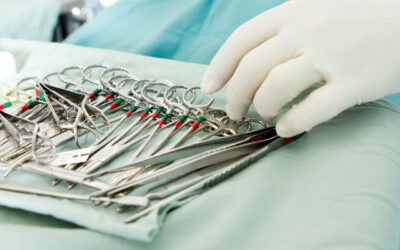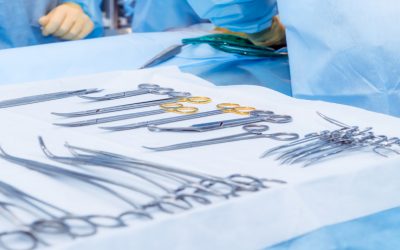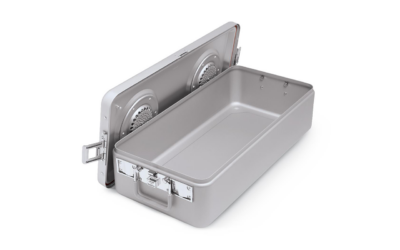By Lanier Norville
Surgical patient positioning devices provide benefits to both the surgical staff and the patient: They help position the patient for optimal access to the surgical site, IV hookups and other machines, and they maintain proper posture to reduce pressure and awkward positions that can cause post-operative pain in the patient who is under anesthesia.
According to the Association of periOperative Registered Nurses (AORN) guidelines, “The procedure, surgeon preference and patient condition determine equipment used for positioning. Working as a member of the team, the perioperative nurse can minimize the risk of perioperative complications related to positioning.”
Risks of improper positioning include respiratory problems, impaired circulation, nerve and muscle trauma and skin injuries, particularly during extended procedures.
Positioning devices come in a broad range of materials, shapes and sizes, to meet the various needs of different surgical procedures. According to AORN, alleviating skin pressure is a primary function of positioning devices, and positioning that performs that function has been a focus of nursing throughout the profession’s history. Pressure reduction can alleviate the significant cost, discomfort and extended length of stay that pressure ulcers often cause.
The total world operating room equipment market is growing at a rate of nearly 4 percent per year and
is forecast to reach $989.6 million in 2017, according to GlobalData’s report, “Operating Room Equipment Global Opportunity Assessment, Competitive Landscape and Market Forecasts to 2017.” The market researcher predicts an increase in the number of ambulatory surgery centers (ASCs), growth in medical tourism in emerging economies, decreasing material costs and technological innovations to drive the market. All these factors will drive up the number of procedures being performed, as well as the demand for equipment such as patient positioning devices.
The market for operating room equipment in the U.S. will grow at a slightly higher rate, to reach more than $377 million in 2017, driven by an increasing demand for both specialized operating tables and hybrid operating rooms. There are a large number of players in the market, and many are small companies that specialize in just a few products.
Dan Allen, retired founder of Allen Medical and Founding Partner in Medicus Surgical, says the patient positioning market is highly fragmented because new techniques and procedures are being invented so frequently. “It’s hard to talk about patient positioning as a generic, because every position, whether it’s supine, prone, lateral, or other positions, has issues that are patientsafety related,” creating a diverse market with a wide variety of products. “Back in the old days the criteria for new patient positioning products was: patient safety, ease of use and surgical site exposure, in that order. Though emphasis on patient safety continues to grow, the market is not so simple today.”
Allen calls advances in technology in the last 30 years “tremendous.” New materials, as well as increased awareness of the dangers of pressure ulcers and reducing post-operative pain have led to the creation of high-tech, highly functional products. Though that’s also driven up the costs, Allen calls an investment in the technology an “investment in prevention.”
Allen says that 30 years ago, many kinds of post-operative pain were considered “just part of surgery,” Allen says. “Today, we know how to prevent a lot of that pain from happening, which is good for the patient and the facility, because it reduces pain after surgery and it reduces expenses.”
He says that to achieve those benefits, communication between departments is key. He encourages OR departments to follow up with patients and other departments about post-operative pain.









